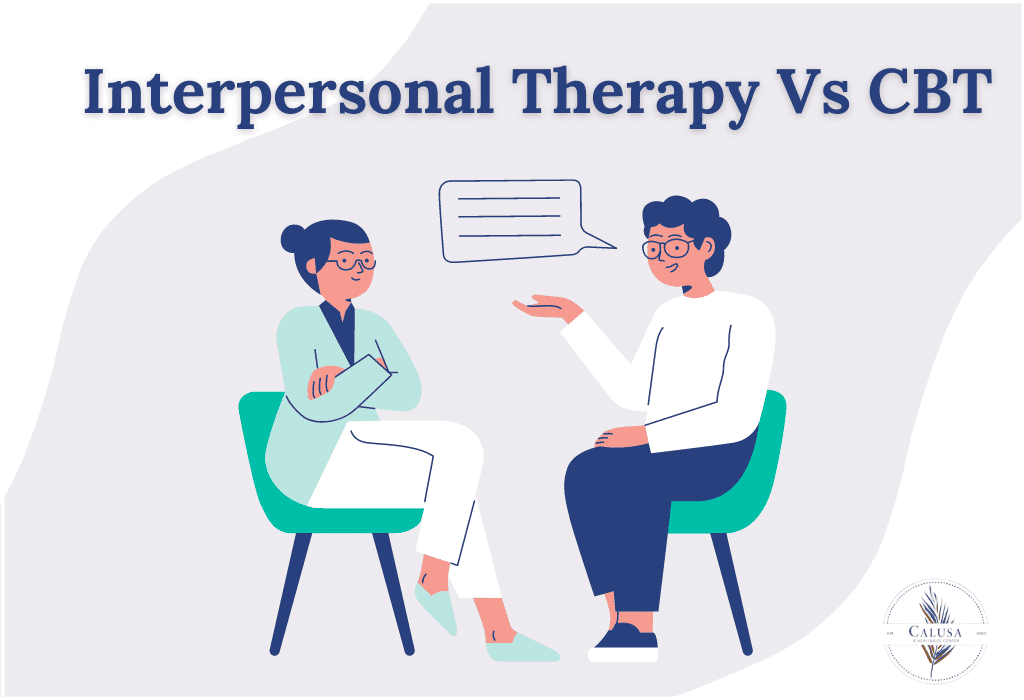This is for informational purposes only. For medical advice or diagnosis, consult a professional.
Absolutely! Family therapy is a form of psychotherapy that involves working with families to improve communication, resolve conflicts, and enhance family relationships. Here’s a comprehensive look at family therapy:
Understanding Family Therapy
Family therapy is based on the understanding that individuals are deeply connected to their families and that family dynamics can significantly impact mental health. It aims to address family patterns, communication styles, and underlying issues that may be contributing to individual or family distress.
Key Concepts
- Family Systems Theory: This theory views the family as a complex system, where each member influences and is influenced by the others.
- Communication Patterns: Family therapy focuses on improving communication patterns within the family, such as listening skills, assertiveness, and conflict resolution.
- Family Roles and Boundaries: Family therapy helps to identify and address unhealthy family roles and boundaries that may be contributing to problems.
- Family History and Patterns: Understanding family history and recurring patterns can provide valuable insights into current family dynamics.
The Therapeutic Process
Family therapy sessions typically involve all or most family members. The therapist creates a safe and supportive environment where family members can express their feelings, share their perspectives, and work together to find solutions. The process often involves the following steps:
- Assessment: The therapist assesses the family’s dynamics, communication patterns, and presenting problems.
- Goal Setting: The therapist and family members work together to establish clear and achievable goals for therapy.
- Intervention: The therapist uses various techniques to address the identified issues, such as:
- Communication Skills Training: Teaching family members effective communication skills, including active listening, assertive communication, and conflict resolution.
- Family Structure and Roles: Helping family members understand and redefine their roles and boundaries within the family system.
- Emotional Expression: Encouraging family members to express their emotions openly and honestly.
- Problem-Solving: Teaching family members problem-solving skills to address challenges and conflicts.
- Change and Growth: As the family progresses through therapy, they develop new skills, improve communication, and strengthen their relationships.
Benefits of Family Therapy
- Improved Communication: Family therapy can significantly improve communication patterns within the family.
- Enhanced Relationships: It can help to strengthen family bonds and create a more harmonious family environment.
- Reduced Conflict: By addressing underlying issues and developing effective conflict resolution skills, family therapy can reduce conflict and tension.
- Increased Emotional Well-being: Family therapy can improve the emotional well-being of individual family members and the family as a whole.
- Improved Coping Skills: It can help family members develop coping strategies to deal with stress and adversity.
Limitations and Considerations
- Commitment: Family therapy requires commitment from all family members to attend sessions and participate actively.
- Resistance to Change: Some family members may resist change or be reluctant to participate in therapy.
- Complex Family Dynamics: Complex family dynamics can make therapy challenging.
Conclusion
Family therapy is a valuable tool for addressing family-related issues and promoting positive change. By focusing on family dynamics, communication, and problem-solving, family therapy can help families build stronger, healthier, and more fulfilling relationships.




